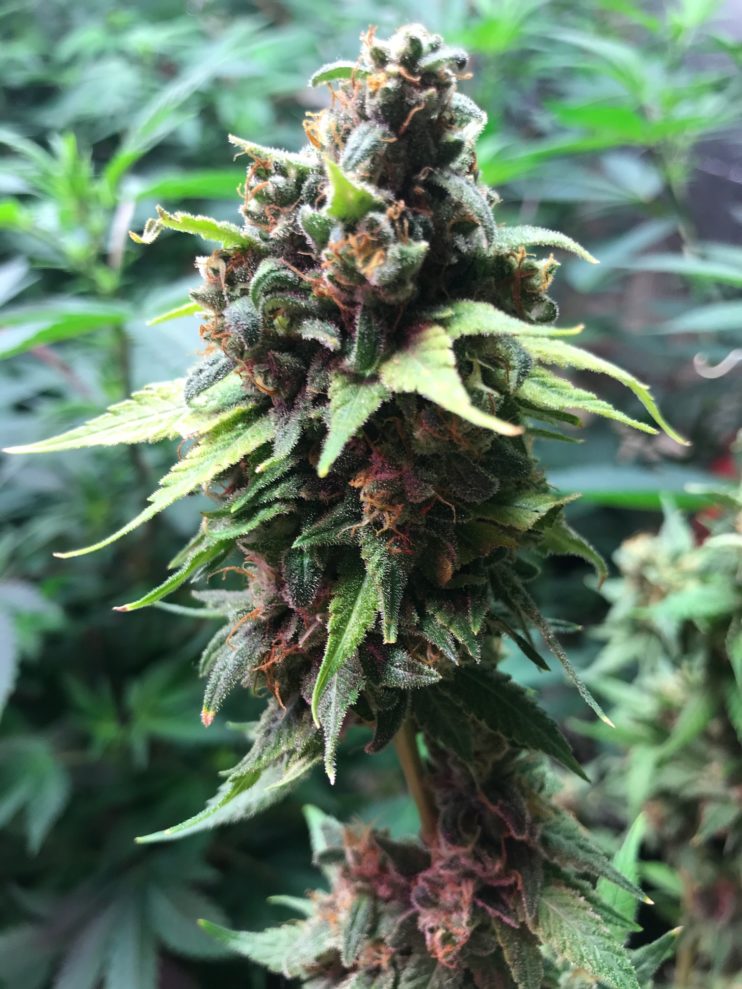Understanding Indica and Sativa Cannabis Plants, the two primary types of cannabis plants, that have distinct characteristics in terms of their effects, appearance, and cultivation. Understanding the differences between these two strains can help consumers make informed decisions when choosing the right type of cannabis for their needs. 
Indica plants are known for their relaxing and sedating effects on the body. They are typically associated with a “body high” that can help with pain relief, muscle relaxation, and insomnia. Indica strains are often recommended for nighttime use or for individuals looking to unwind after a long day. The effects of indica strains are commonly described as calming, soothing, and physically sedating.
On the other hand, Sativa plants are known for their energizing and uplifting effects on the mind. They are associated with a “head high” that can boost creativity, focus, and productivity. Sativa strains are often recommended for daytime use or for individuals looking to enhance their mood and stay active. The effects of Sativa strains are commonly described as euphoric, cerebral, and mentally stimulating.
In terms of appearance, Indica and Sativa plants also have distinct differences. Indica plants are typically shorter and bushier with broader leaves, while Sativa plants are taller and more slender with thinner leaves. These physical differences can help growers identify the type of cannabis plant they are cultivating based on its appearance.
When it comes to cultivation, Indica and Sativa plants also have different growing requirements. Indica plants tend to have a shorter flowering time and are better suited for indoor cultivation due to their compact size. They are known for producing dense buds with high levels of THC, the psychoactive compound in cannabis.
On the other hand, Sativa plants have a longer flowering time and are better suited for outdoor cultivation due to their taller height. They are known for producing airy buds with higher levels of other cannabinoids like CBD, which has therapeutic properties without the psychoactive effects of THC.
In recent years, the distinction between Indica and Sativa strains has become less clear due to crossbreeding and hybridization. Many cannabis strains on the market today are hybrids that combine characteristics of both Indica and Sativa plants. As a result, some consumers may find that the effects of a particular strain do not neatly fit into the traditional Indica or Sativa categories.
When choosing a cannabis strain, it is important for consumers to consider not only whether it is an Indica or Sativa but also its specific cannabinoid and terpene profile. These compounds play a significant role in determining the overall effects of a strain, so it is essential to look beyond just the Indica vs. Sativa classification.
In conclusion, while Indica and Sativa strains have distinct characteristics in terms of their effects, appearance, and cultivation requirements, the lines between these two types of cannabis plants have become increasingly blurred in recent years. By considering the specific cannabinoid and terpene profile of a strain, consumers can make more informed choices when selecting cannabis products that best suit their individual needs and preferences.


[…] Source link […]
[…] Source link […]
[…] Understanding Indica and Sativa Cannabis Plants, the two primary types of cannabis plants, that have distinct characteristics in terms of their effects, appearance, and cultivation. Understanding the differences between these two strains can help consumers make informed decisions when choosing the right type of cannabis for their needs. Source […]